Anesthetic poisoning can occur and cause serious, life-threatening consequences if not treated promptly.
Nowadays, the use of anesthesia is very common, from procedures performed at medical facilities outside the hospital such as tooth extraction, minor surgery on wounds... to procedures and minor surgeries performed at the hospital such as catheter placement, lumbar puncture, plastic surgery, and cosmetic surgery.
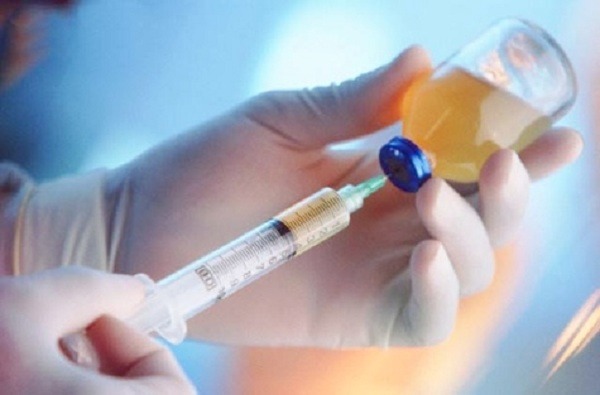 |
| Anesthetic poisoning can occur and cause serious, life-threatening consequences if not treated promptly. |
In particular, in the context of the implementation of anesthesia techniques before these procedures tend to be performed by doctors who are not specialized in anesthesia and resuscitation, anesthetic poisoning can occur and cause serious consequences that threaten the patient's life if not treated promptly.
Recently, the Emergency Department of the 108 Military Central Hospital admitted a 66-year-old male patient to the emergency room with symptoms of dizziness, vertigo, and tremors in the limbs after tooth extraction. During the tooth extraction, 2 tubes of 2% Lidocaine were used for local anesthesia; vital signs and basic test results were all within normal limits.
The patient was diagnosed with lidocaine poisoning after tooth extraction. The patient was immediately given intravenous 20% lipid emulsion and closely monitored for consciousness and hemodynamics.
After 15 minutes of taking the medicine, the clinical symptoms that made the patient uncomfortable completely disappeared. The patient was transferred to the Allergy Department, 108 Central Military Hospital for continued monitoring and treatment.
In the above case, the patient was fortunate to receive timely and proper emergency care, thus avoiding unfortunate consequences. However, anesthetic poisoning always carries many potential dangers (anesthetic poisoning, anaphylaxis to anesthetics, phobia syndrome).
Differential diagnosis of the above hypotheses is often based on accompanying symptoms such as panic, excessive anxiety before the procedure (phobia); difficulty breathing, wheezing, hives, itching, nausea, abdominal pain (anaphylaxis to drugs); the rest is poisoning.
Of the three hypotheses above, poisoning is the most common, while anaphylaxis is the rarest. Therefore, when encountering a clinical situation like the one above, we should treat it in the direction of drug poisoning combined with basic emergency resuscitation measures, which will have a high chance of saving the patient's life.
If not treated promptly, anesthetic poisoning can have serious consequences, even death. Therefore, understanding the early signs and timely emergency measures for patients with anesthetic poisoning is very important, helping to reduce the risk of illness and death.
To prevent anesthetic poisoning, according to doctors from the Emergency Department of Military Central Hospital 10, those at high risk of anesthetic poisoning are children under 6 months old; small patients; elderly, weak; heart failure, myocardial ischemia; and liver disease.
The American Society of Regional Anesthesia and Pain recommends that if a patient experiences neurological or cardiovascular changes while using anesthetics, regardless of the dose or method of anesthesia, local anesthetic toxicity should be considered first and treated according to protocol.
Central nervous system: stimulation (restlessness, anxiety, screaming, muscle twitching, convulsions); inhibition (drowsiness, coma or respiratory arrest); nonspecific symptoms (metallic taste in mouth, numbness around the mouth, double vision, tinnitus, dizziness). With the cardiovascular system: In the early stages, there may be high blood pressure, rapid pulse, ventricular arrhythmia...
Later stages: Patients may have progressive hypotension; conduction block, bradycardia, asystole; ventricular arrhythmias (ventricular tachycardia, ventricular fibrillation, torsades de pointes, asystole).
Clinical symptoms of poisoning may appear after 30 minutes or later. Regular communication with the patient is needed to detect early signs of poisoning.
Patients need to clearly understand the early signs of anesthetic poisoning so that when it occurs, they can go to the nearest medical facility for timely emergency treatment.
And in medical facilities, it is also necessary to always have an emergency kit for local anesthetic poisoning, just like an anaphylaxis emergency kit. Lipid emulsion is the first-line drug at the first and obvious signs of local anesthetic poisoning due to any local anesthetic and adrenaline dose ≤ 1mcg/kg is more effective in advanced cardiopulmonary resuscitation in patients with cardiac arrest or hypotension due to local anesthetic poisoning.
Source: https://baodautu.vn/nguy-co-tiem-an-khi-su-dung-thuoc-gay-te-d221034.html











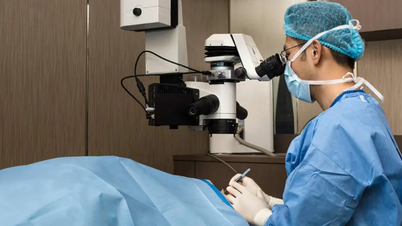
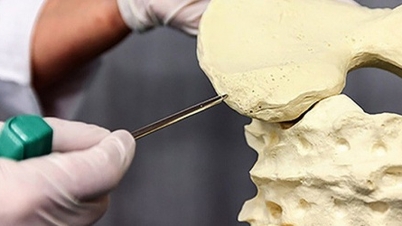








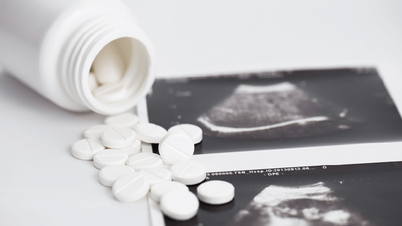
















































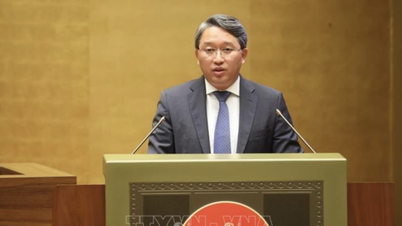






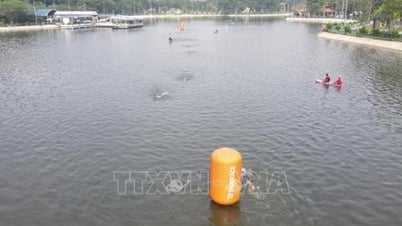







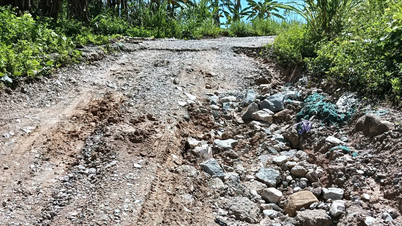



















Comment (0)